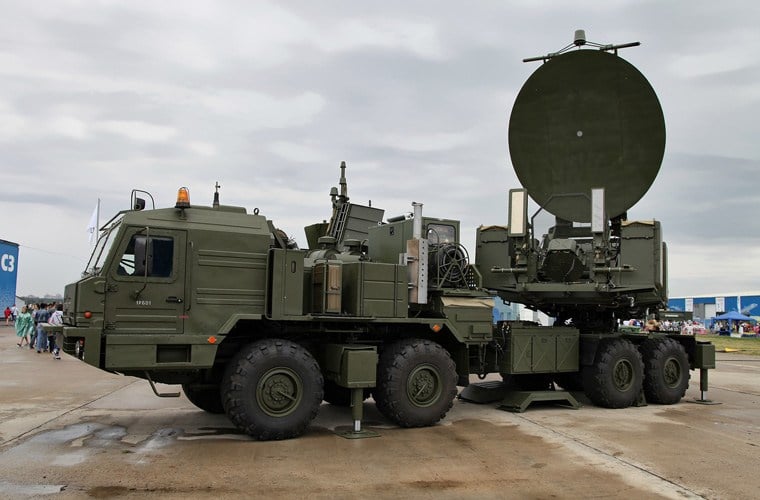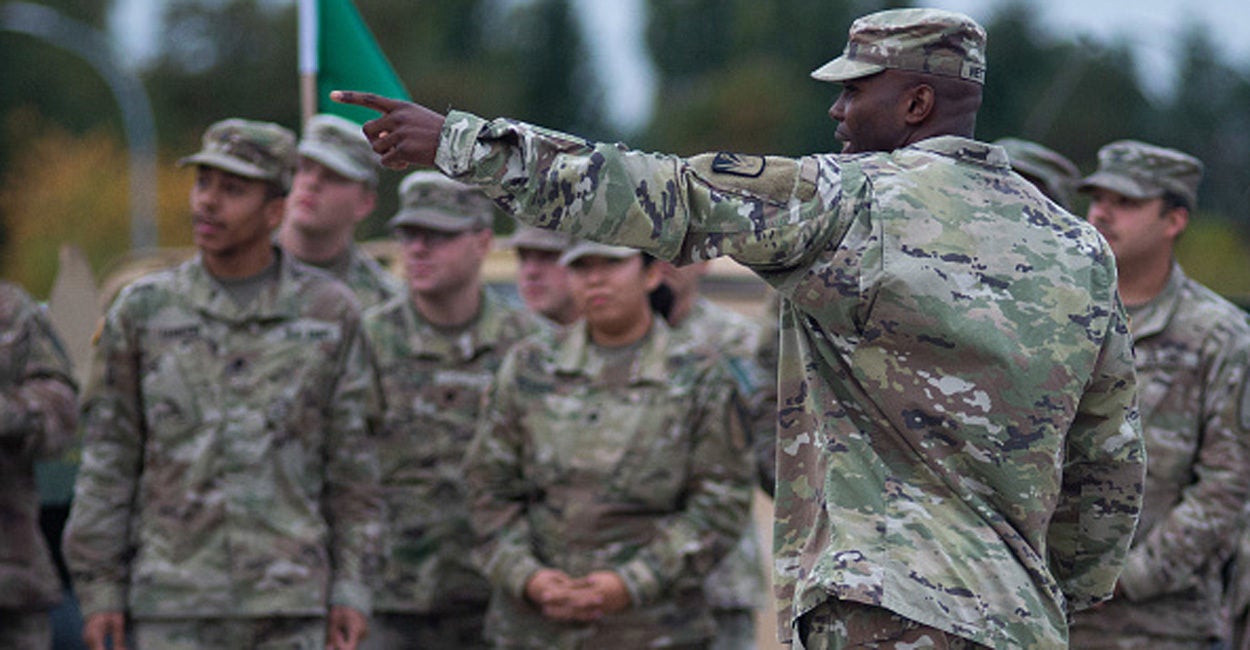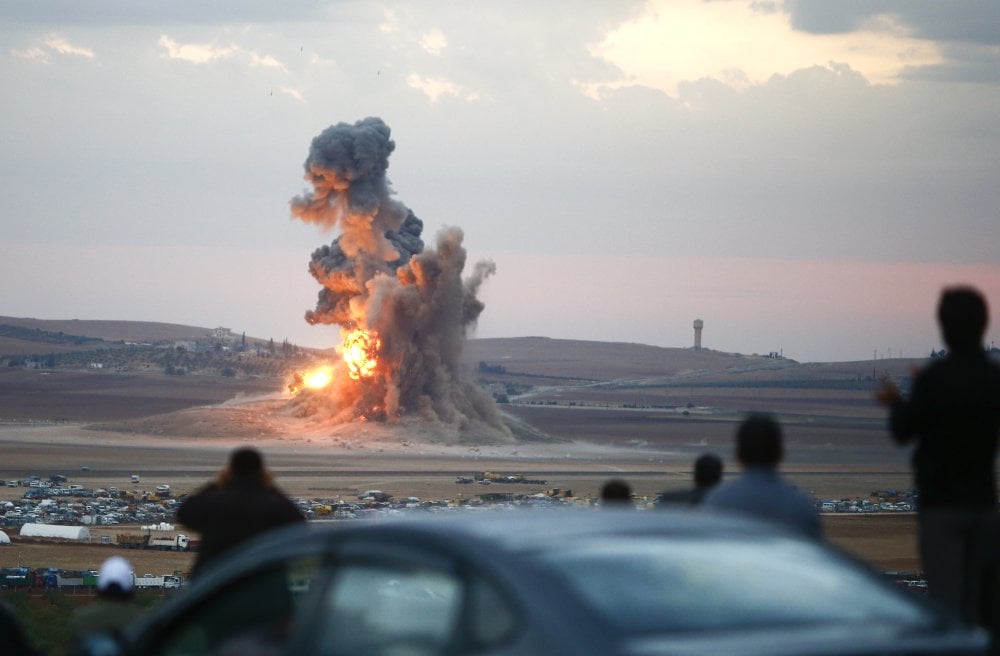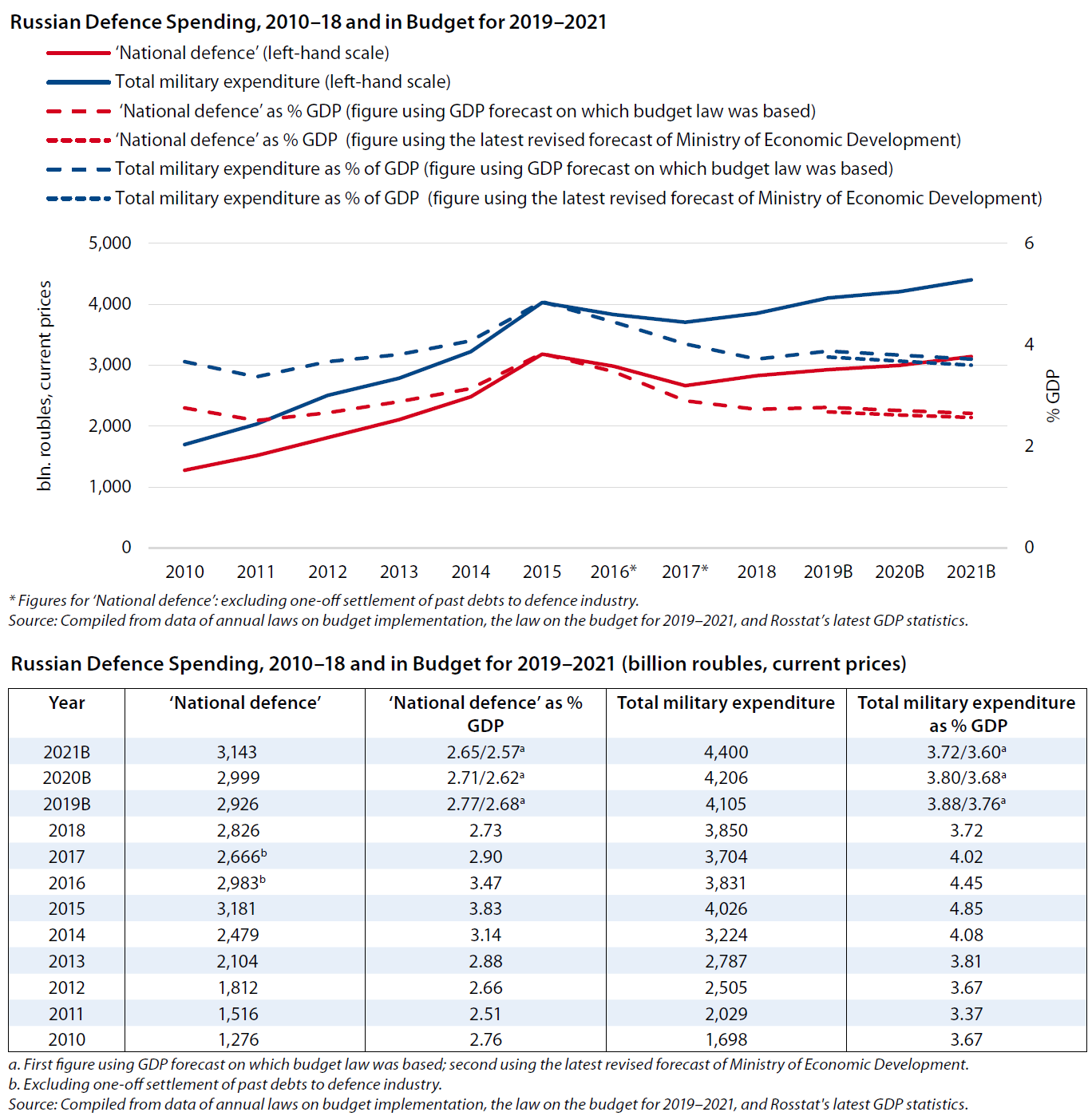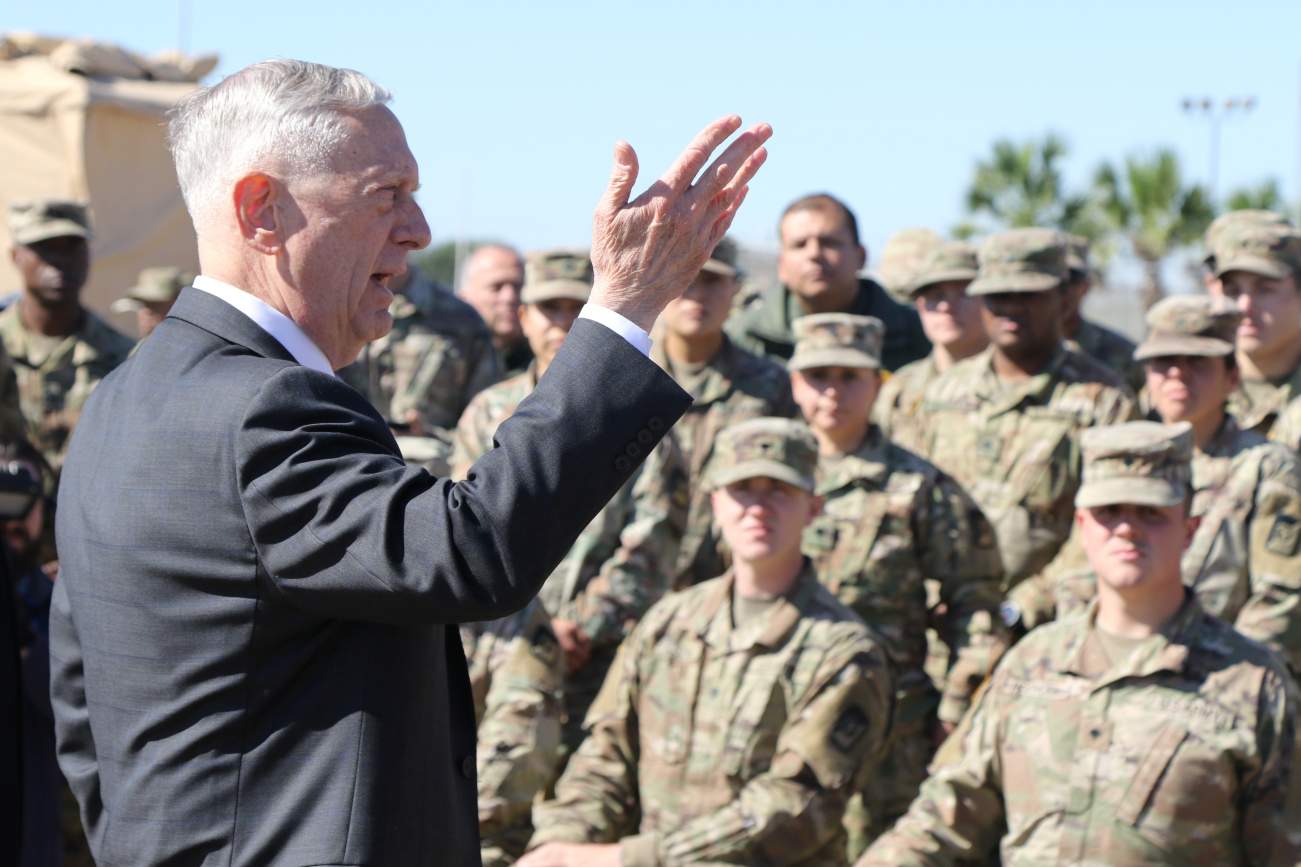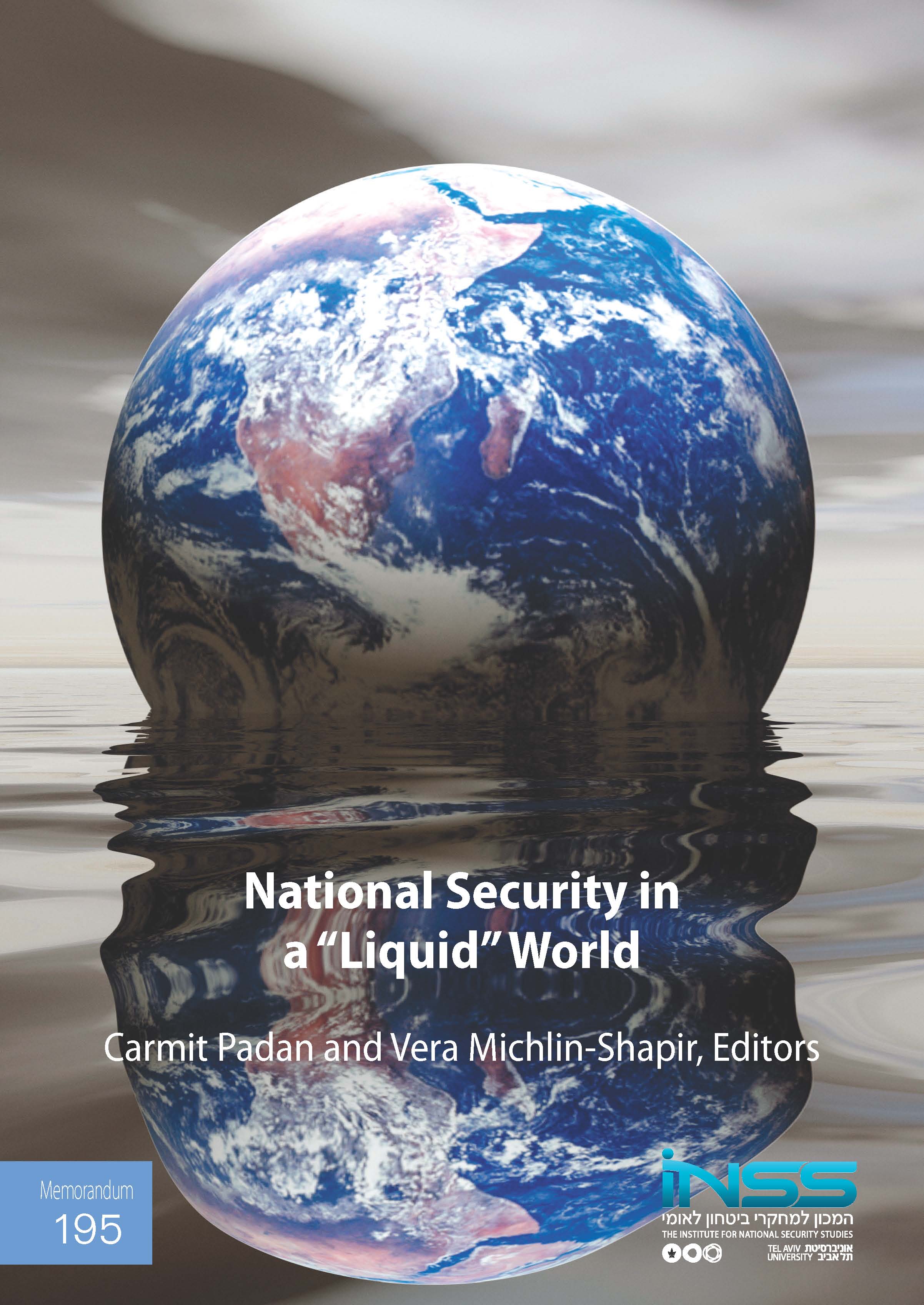by Akhil Ramesh Shenhav Ruttner
Earlier this year, another city ran out of water. This time it was Chennai, a metropolitan city in Southern India that is home to over ten million people. The city has been dependent on monsoon showers to fill up its reservoirs, which it primarily banks on to supply the ever-burgeoning population. However, Chennai is not the only dry city in India. India’s business capital Mumbai, it's information technology capital, Bengaluru, and Hyderabad, which houses the new Amazon India headquarters, all suffer from water scarcity. Unfortunately, the dire situation is not isolated to urban centers. India’s rural communities suffer from an acute water shortage that has had a severe impact on the country’s crops—so much that the leading cause for farmer suicides in India’s agrarian states has been a lack of access to water for agriculture. The water scarcity has already cost jobs, lives and it is estimated to hamper India’s growth story.
The country with one of the aridest land areas, Israel, offers solutions.
Since its founding, the balance of water in the state of Israel has been negative. More water is consumed in the country than the average amount of natural precipitation. That necessity has been the mother of Israel’s numerous inventions in water technology. The nation has been preoccupied with exploring new technological solutions for its water challenge since its founding.





